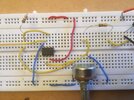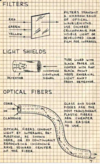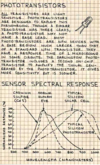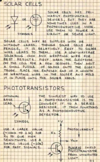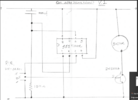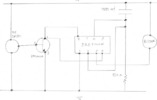I will buy a book of instructional circuits I think - at least I know they should be tested and robust.
First, you have discovered a great truth - m-m-m-m-Many of the circuits on the innergoogle are intentional garbage. But there is an alternative.
It is with great trepidation that I do this, because for an undisciplined soul this can be free crack cocaine.
Books for radio and electronics experimenters, hobbyists and circuit builders by authors like Bradley, Warring, Morgan and Sinclair
www.worldradiohistory.com
Note that those are just the hobby books. WRH also has tons of heavy-lift books up to the graduate-school level.
Waaaay back, pre-internet by many years, when textbooks were above me and the book selection at the library was ultra-thin, I bootstrapped my electronics education with magazines. Analog and digital circuits, telephony, audio, radio, video, broadcast television, computers, printed circuit board design - whatever, there were cheap hobby mags and free trade mags. When you are done with the books, note that WRH has almost every issue of almost every electronics hobbiest magazine *** in the world ***.
The magazine projects were perfect. Beyond just a plain circuit, they explained what it did, why it did it, how it worked, design trade-offs, each component's function, how to build it, how to package it, how to align it, how to test it, how to use it - total project awareness in a few pages. If you want to learn electronics for free, go through hobby mags from the 60's to the 80's. It's all there in digestible bite-sized articles.
WorldRadioHistory: Thousands of Radio Music Electronics Publications ALL FREE
www.worldradiohistory.com
This is just one of several book and magazine archive sites. Don't thank me.
ak
